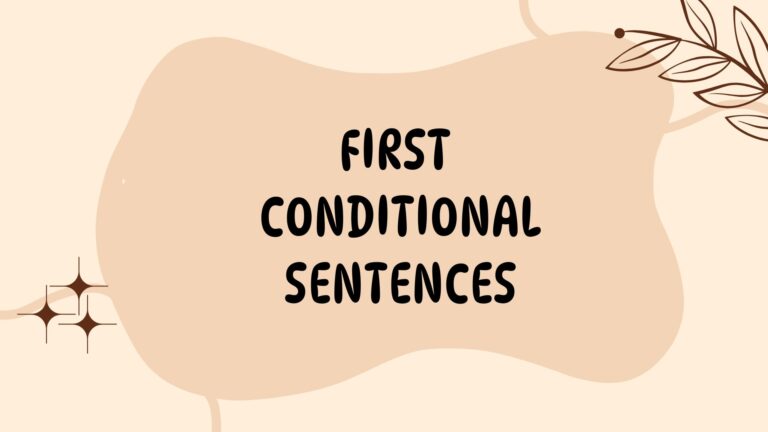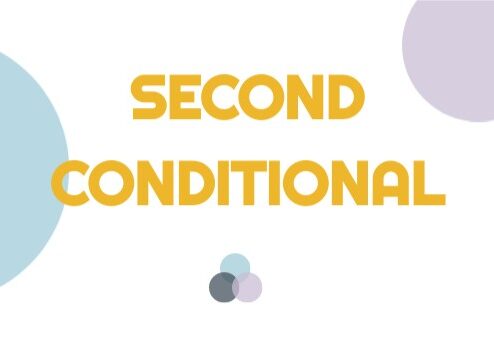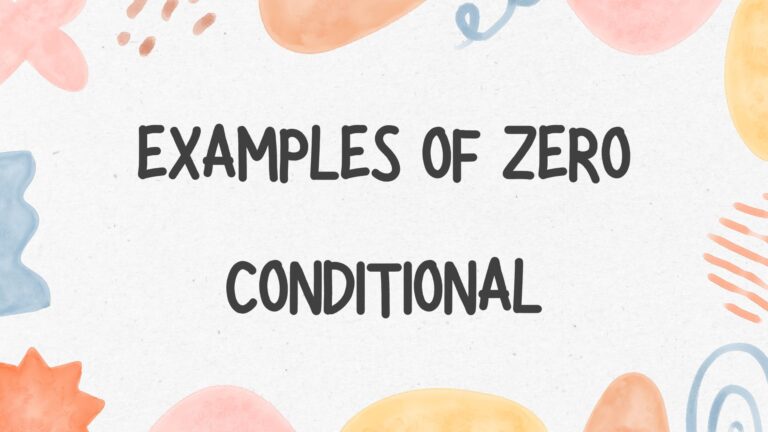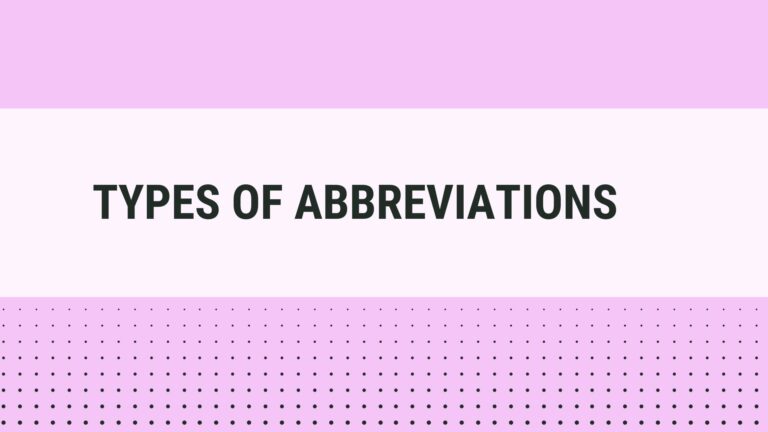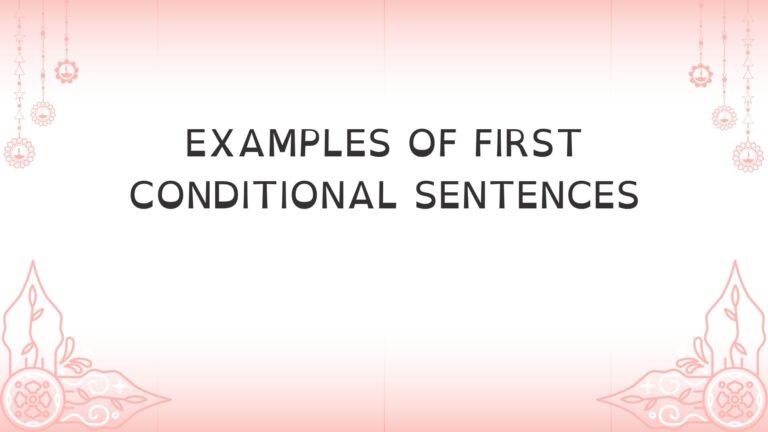Zero Conditional Sentences
Mastering zero conditional sentences can greatly improve your ability to share facts. These sentences are not just grammar rules; they are important for showing cause-and-effect relationships. Here you will be provided the definition, structure, and practical uses of zero conditional sentences.
Introduction to Zero Conditional Sentences
Zero conditional sentences are a unique linguistic structure where the result is always true if the condition is met, they often follow the simple “if + present tense, present tense” format. For example, “If you heat water to 100 degrees Celsius, it boils.” This construction not only serves to convey certainty but also connects the cause-and-effect relationship.
They allow speakers to share knowledge succinctly and effectively, making them ideal for educational contexts, scientific discussions, or everyday advice. By mastering this form, individuals can enhance their clarity and precision in both written and spoken language, thus fostering better understanding in various interactions.
Structure of Zero Conditional Sentences
Zero conditional sentences are a fascinating aspect of English grammar, primarily used to express universal truths or scientific facts. They typically follow a simple structure: “If + present simple, present simple.” For instance, when we say, “If you heat ice, it melts,” we’re not just stating a fact; we’re illustrating a reliable process that occurs in nature. By mastering this structure, writers can enhance their communication and engage their audience with clarity and precision.
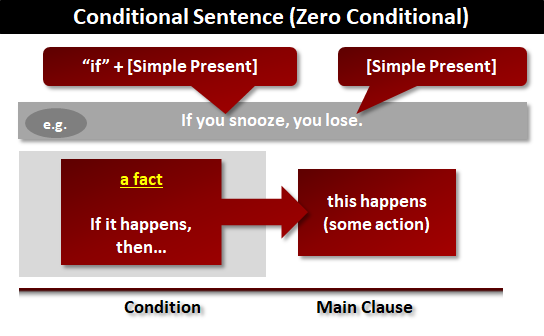
When to Use Zero Conditional Sentences
Zero conditional sentences are best for expressing universal truths or scientific facts—situations that are always true if the conditions are met. For example, “If you heat ice, it melts” shows a clear cause-and-effect relationship that stays the same over time. This makes zero conditionals great for explaining rules, natural laws, or general habits, making communication clear and precise.
Zero conditionals are also useful in instructions, like cooking or technical writing. When you say, “If you add sugar to tea, it becomes sweet,” you’re not just stating a fact; you’re guiding someone through a process. This approach makes the information feel practical and engaging.
Examples of Zero Conditional Sentences
Some examples are given below for your understanding.
- If you squeeze a lemon, it gives juice.
- If you cook eggs, they become solid.
- If you add salt to water, it tastes salty.
- If you put a book on a shelf, it stays there.
- If you open the door, the room gets fresh air.
- If you add vinegar to baking soda, it fizzes.
- If you heat metal, it expands.
- If you fold paper, it gets creases.
- If you freeze food, it lasts longer.
- If you mix red and yellow, you get orange.
- If you wash clothes, they get clean.
- If you drop a ball, it bounces.
- If you read a book, you learn new things.
- If you add lemon to tea, it becomes tangy.
- If you shine a light on a plant, it photosynthesizes.
Common Mistakes with Zero Conditionals
Many people make mistakes with zero conditionals by not using the simple present tense in both parts of the sentence. They often use future forms or modal verbs. For example, saying “If it rains, you will get wet” is incorrect because it does not reflect the true nature of a zero conditional. The right way to say it is “If it rains, you get wet.” This small change makes the statement clearer and emphasizes that these situations are always true.
Another common mistake is using non-factual or hypothetical situations in zero conditionals. Learners often mix them up with first conditionals, leading to sentences like “If you heat ice, it will melt.” While this might look correct, the zero conditional should only express established truths. It’s important to stick to factual outcomes, such as “If you touch fire, it burns.”
Practical Exercises for Understanding Zero Conditionals
One of the most effective ways to grasp zero conditionals is through practical exercises. For example, you can create a series of “if-then” statements based on your daily routine. Consider crafting sentences like, “If I water the plants, they grow,” or “If it rains, the streets get wet.” This exercise encourages you to think critically about cause-and-effect relationships in your own life.
Another engaging method is to play a game of “what if?” with friends or family. Pose hypothetical situations that lead to universally true outcomes, such as “If you heat ice, it melts” or “If you mix red and blue, you get purple.” This not only makes learning interactive but also allows for collaborative exploration of concepts. Embracing such exercises transforms understanding into a lively dialogue about the world around us.
Tips for Teaching Zero Conditional Sentences
When teaching zero conditional sentences, one of the basic tips is to connect the concept to real-life situations that students can relate to. For example, using scientific facts or everyday truths—like “If you heat water to 100 degrees Celsius, it boils”—can help learners grasp the idea that these sentences express universal truths. Incorporating visuals, such as diagrams or infographics, can further solidify understanding by illustrating cause-and-effect relationships.
Another effective strategy is to encourage students to create their own zero conditional sentences based on personal experiences or interests. Additionally, incorporating games or interactive activities, such as a matching game where students pair conditions with their results, can make learning more dynamic and enjoyable. By presenting zero conditional sentences in a relatable and interactive way, educators can demystify this grammatical structure and empower students to use it confidently.



